Newey: 2026 F1 rules allow greater innovation
Adrian Newey sees more opportunity in F1's 2026 regulations than initially thought, drawing parallels to the 2022 rule changes that Red Bull dominated. With both chassis and engine rules changing simultaneously, he predicts varied technical solutions.
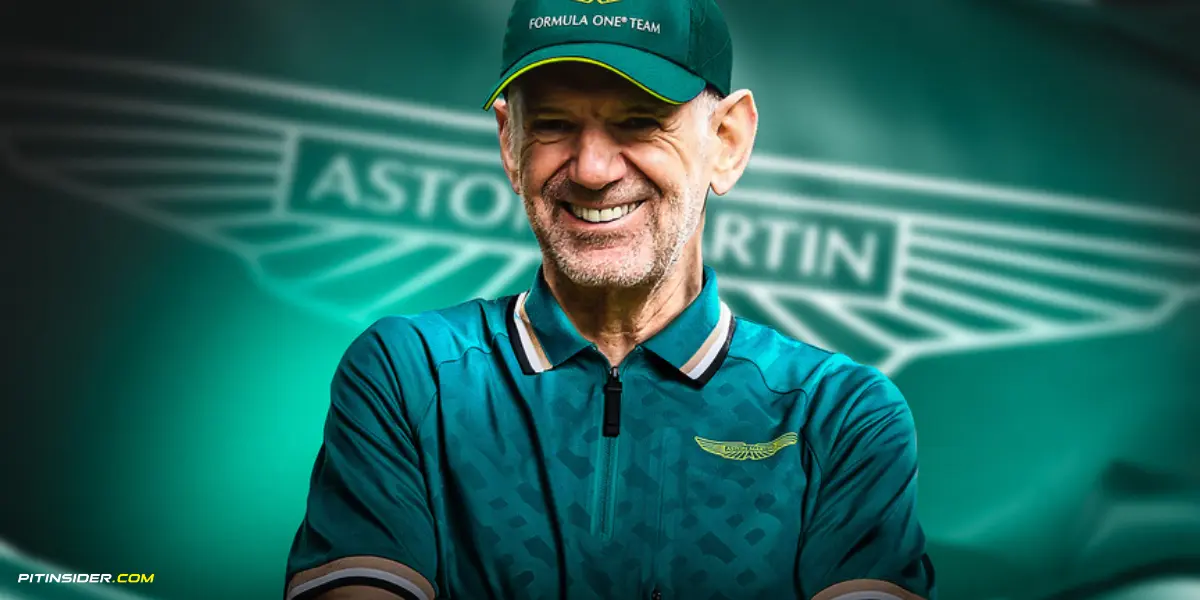
Red Bull design legend sees creative opportunities in upcoming regulations as he prepares for Aston Martin's Honda partnership
Adrian Newey believes F1's 2026 regulations contain hidden opportunities for technical creativity.
The legendary designer, now overseeing Aston Martin's future car development, initially questioned the restrictiveness of the new rules before discovering unexpected areas for innovation.
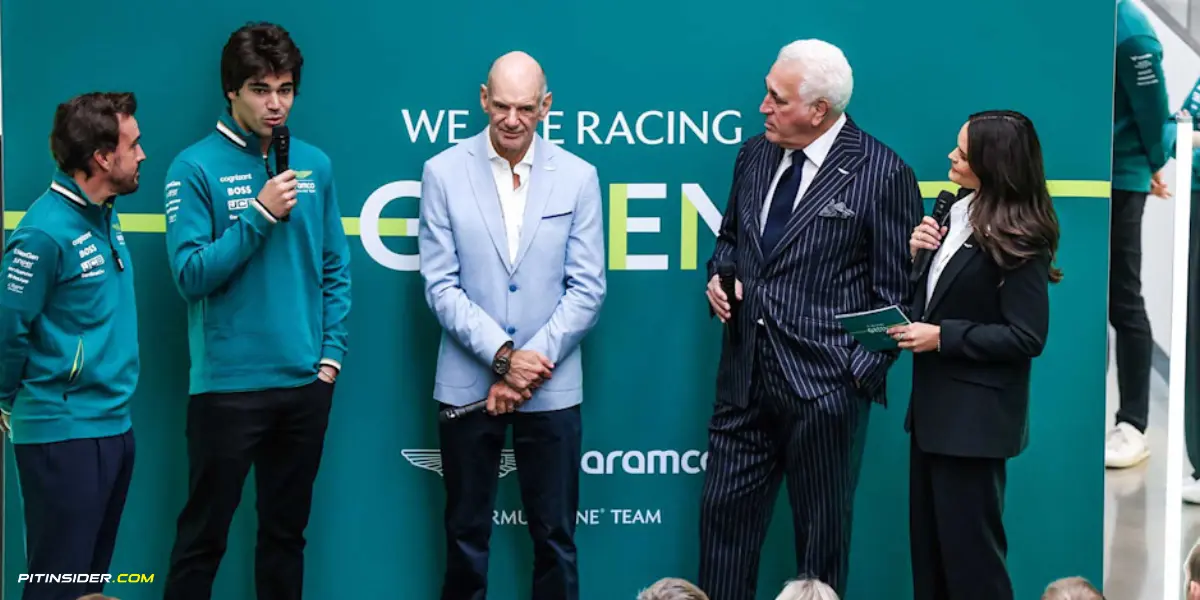
"My thoughts on the '26 regulations are similar to what my thoughts were about the big regulation change for 2022,"
Newey revealed in comments to Aston Martin's website.
"Initially thinking the regulations were so prescriptive that there wasn't much left here. But then you start to drill into the detail and realise there's more flexibility for innovation."
This insight carries significant weight coming from F1's most decorated technical mind. With involvement in over 200 race victories and 26 combined championships across his tenures at Williams, McLaren, and Red Bull, Newey's technical judgments have repeatedly proven prescient.
History repeating
Newey's assessment draws direct parallels to F1's previous major regulation shift in 2022.
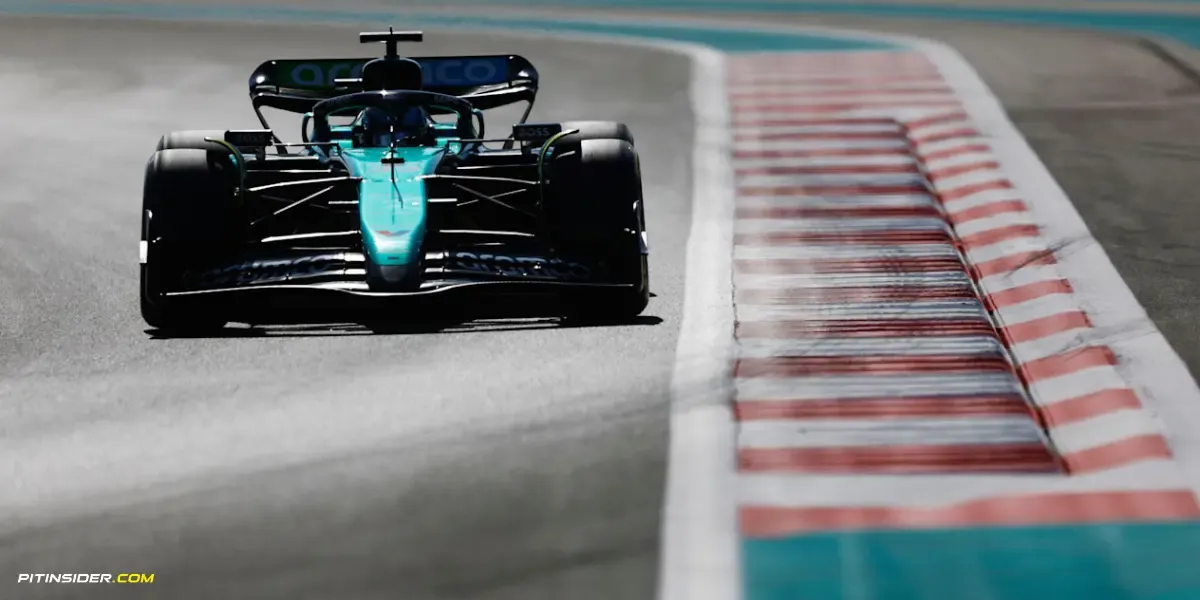
Despite initial skepticism, he masterminded Red Bull's dominant response to those ground-effect rules, culminating in Max Verstappen's record-breaking 19 victories from 22 races in 2023.
"We saw that at the start of 2022, with teams taking really quite different directions," he explained.
"Now, of course, four seasons on, they've largely converged, but initially that wasn't the case."
The 66-year-old predicts a similar pattern of technical divergence when the 2026 regulations arrive.
These rules will introduce radical changes including 50 percent electrification, fully sustainable fuels, and active aerodynamics—elements that have generated considerable uncertainty throughout the paddock.
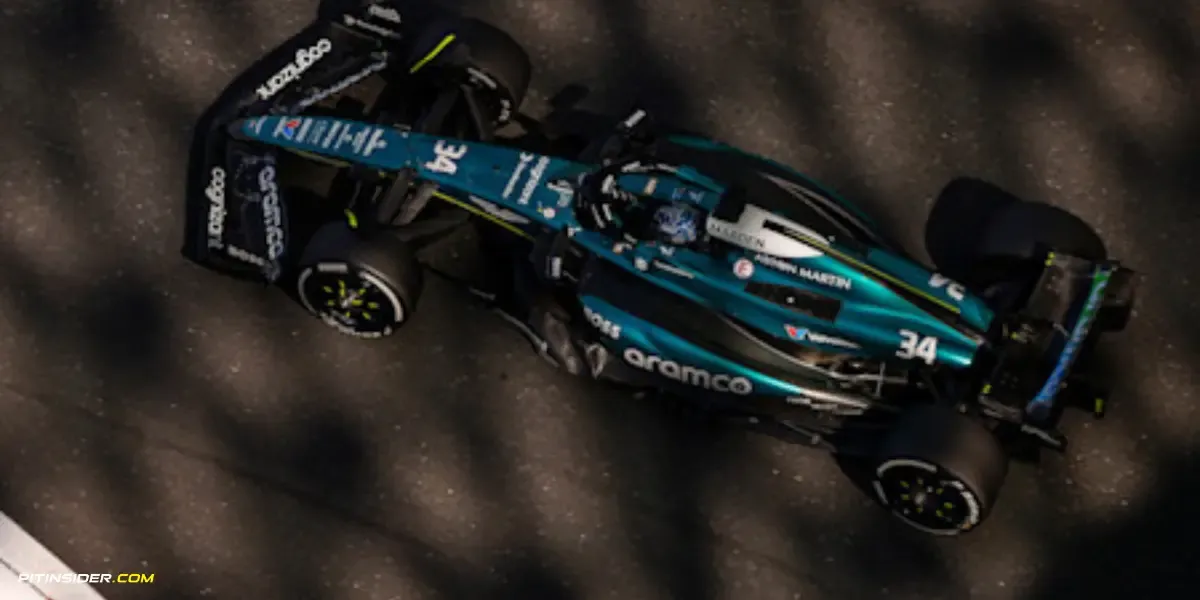
Technical challenges
What makes the 2026 transition uniquely challenging is the simultaneous overhaul of both chassis and power unit regulations. Newey describes this dual transformation as "interesting... and slightly scary."
"Both the new aerodynamic rules and the PU regulations present opportunities," Newey said.
"I would expect to see a range of aero solutions and there could be variation in PU performance across the grid to begin with—which is what happened when the hybrid regulations first came in, in 2014."
Reports suggest that engine manufacturers are facing significant hurdles in development. At least one manufacturer is reportedly struggling with an "uncompetitive" power unit after choosing a different biofuel approach than competitors.
Honda partnership
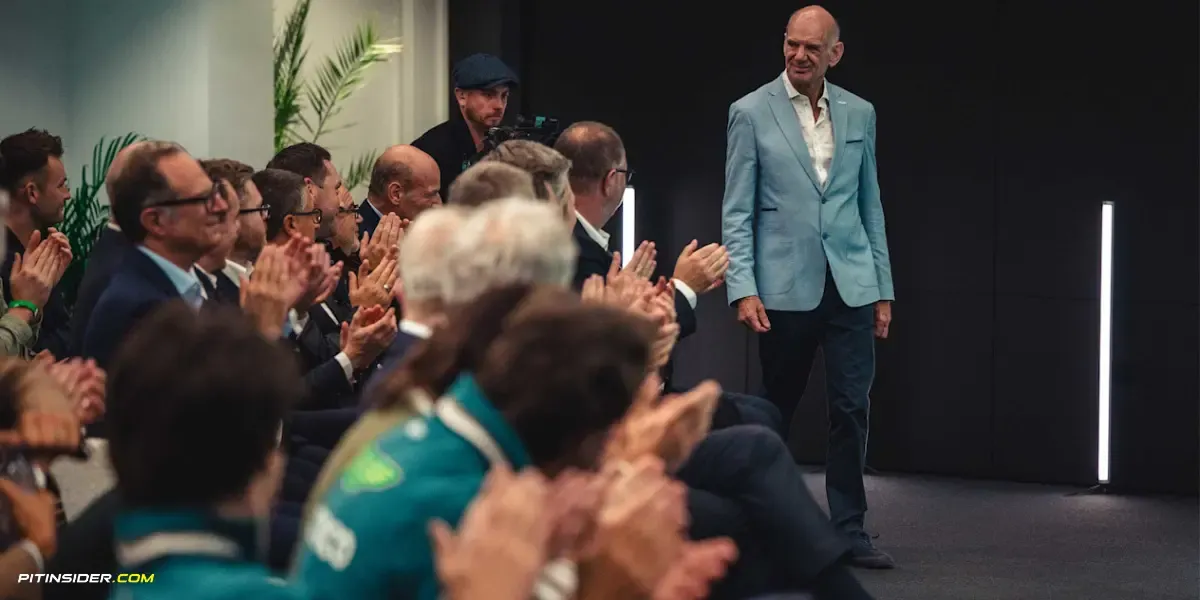
Newey's comments gain additional context considering Aston Martin's upcoming works partnership with Honda. The Japanese manufacturer, which previously powered Red Bull to championship success, will return to full factory involvement in 2026.
"Next year marks the start of our works partnership with Honda. I've got a lot of trust in Honda and a huge amount of respect for them," Newey affirmed.
"They took a year out of F1 and so, to some extent, they're playing catch up, but they're a great group of engineers."
Honda Racing Corporation president Koji Watanabe acknowledged these challenges earlier this year at Daytona. "Not so easy. We are struggling," Watanabe admitted.
"Everything is new. The motor is a new 355-kW, very compact one we need. Also the lightweight battery, it's not so easy to develop."
Design diversity
For Newey, the technical variation between teams represents one of Formula 1's fundamental appeals.
"Variation between teams is great. It's all a bit boring if the cars look identical and the only way you can tell them apart is the livery," he stated.
"I think there's a high probability that in '26 we'll see something similar to '22. There's enough flexibility in the regulations, and I'm sure people will come up with different solutions."


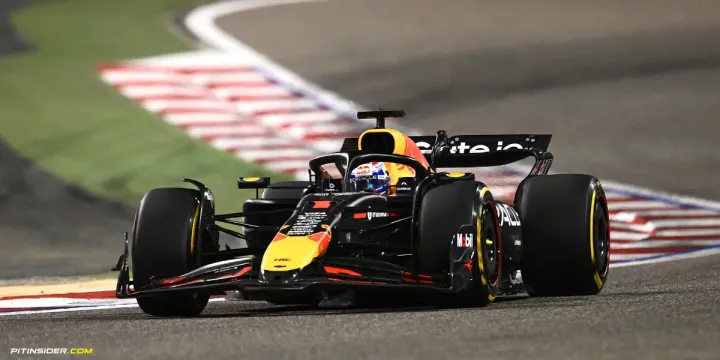
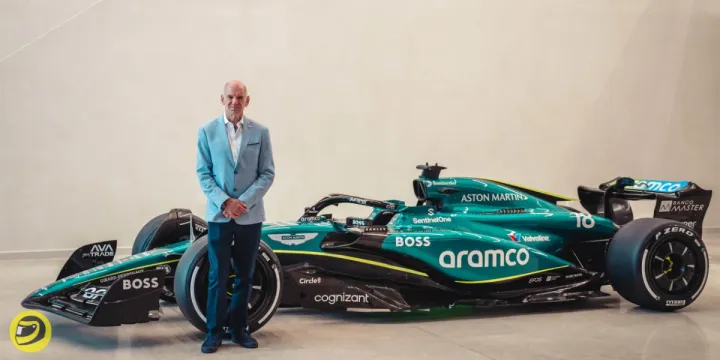
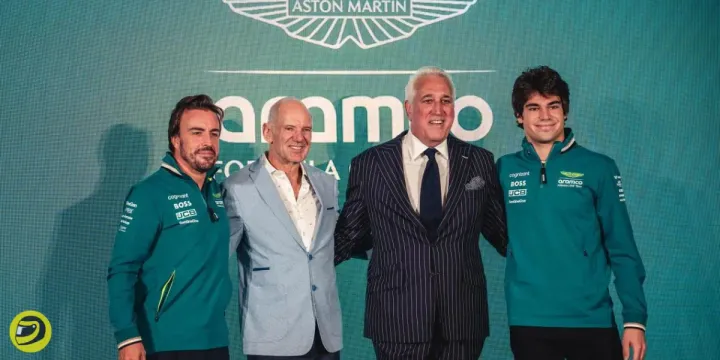
Comments ()